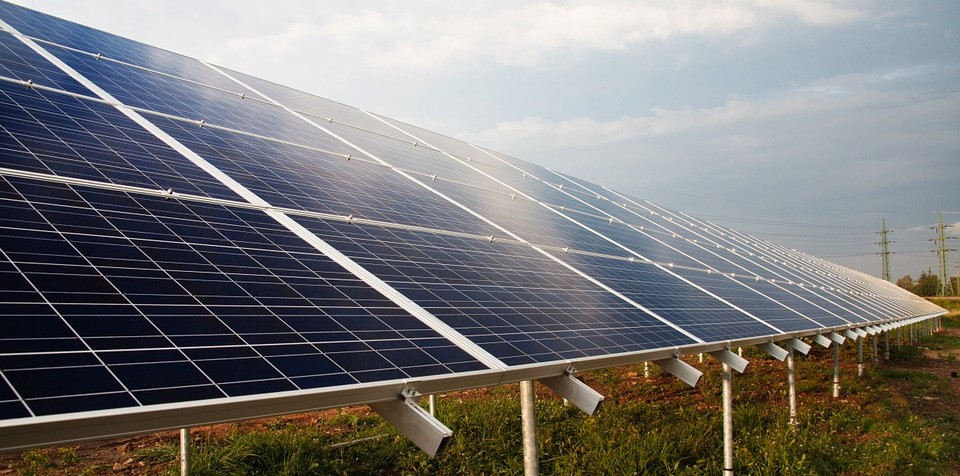Developers are often told to use “bankable” panels. But what if you don’t? Can you get a project funded? The answer is yes. Below we explain how to make an investor comfortable with a project using newer possibly “unbankable” technology. To do that, we need to start with a bit of forgotten context about why “bankable” became the common standard. After you understand that, the solution is obvious.
What is Bankable?
This is not another list of “bankable” panels. Defining bankable is as subjective as picking a favorite color. What matters instead is why investors need bankable panels. Often people try to justify a panel’s bankability by talking about technology. How well it’s made. How unlikely it is to break. Even a few investors/bankers/lawyers think bankability is measured by panel durability. But they miss the point.
“Bankable really just means a panel maker that will honor their warranty over the next 20 years.”
To put it simply, bankable panels are needed because most projects have such low maintenance budgets. Developers justify that low number by saying “well the panels carry a 20-year warranty.” Any saavy investor will accept that point if, and only if, they believe that the panel maker will be around for 20 years to back the warranty. That’s it. Bankable really just means a panel maker that will honor their warranty over the next 20 years. Unfortunately, there is no universal checklist for determining bankability. Whether or not panels are bankable is ultimately decided by the investor on a project basis.
Of course, investors can argue that seemingly rock-solid companies have declared bankruptcy in the past (think GM). They might say, “who really knows which panel companies will survive?” If they take that standpoint, then the technology durability point becomes relevant. If you can convince the investors with that argument, great. If not, read on for an alternative approach.
My Panels Aren’t Bankable
Every once in a while a Developer finds it must use “unbankable” panels. Maybe it’s new technology perfectly suited for the project. Maybe the Developer is funded by the panel maker. Maybe they are the panel maker. Whatever the reason, the question becomes: How do you fund a project that uses unbankable panels?
If the reason you need bankable panels is because your maintenance budget is so low you can’t afford to buy new panels (meaning you have to bank on the warranty being honored), then the solution is simple. Add a panel replacement reserve.
A panel reserve works like an inverter replacement reserve. The panel reserve is a cash account. It’s only drawn from to replace panels if the warranty can’t be honored. This reserve is funded annually from the operating revenue over the project life. How much should be set aside? It depends. The panel reserve size is whatever amount the investor feels comfortable with.
Impact on Your Model
When a panel reserve is added to the model, you’ll see two hits that ultimately drive down the Dev Fee. The impacts of the panel reserve are:
1. Lower Debt Coverage Ratio
The panel reserve expense is an operating cost and lowers operating income. In projects with loan financing this reduces the debt coverage ratio (DCR). A lower DCR may reduce the permitted loan amount. That means you’ll need more sponsor equity in a Flip or a higher prepayment in a Sale Leaseback.
2. Lower Residual Cash
Funding the panel reserve means less free cash for Sponsor Equity. This poses a challenge because you need the Sponsor to invest more capital because the loan amount just got reduced. That means either a lower IRR for the investor or that the overall project cost goes down.
3. Lower Dev Fee
Since getting Sponsor Equity to accept a lower IRR can only go so far, usually #1 and #2 above result in the Developer lowering their Dev Fee. That of course makes the bankable vs unbankable procurement decision a pretty easy math problem. Which is more: your Dev Fee reduction or the cost savings from using unbankable panels?
About The Author


